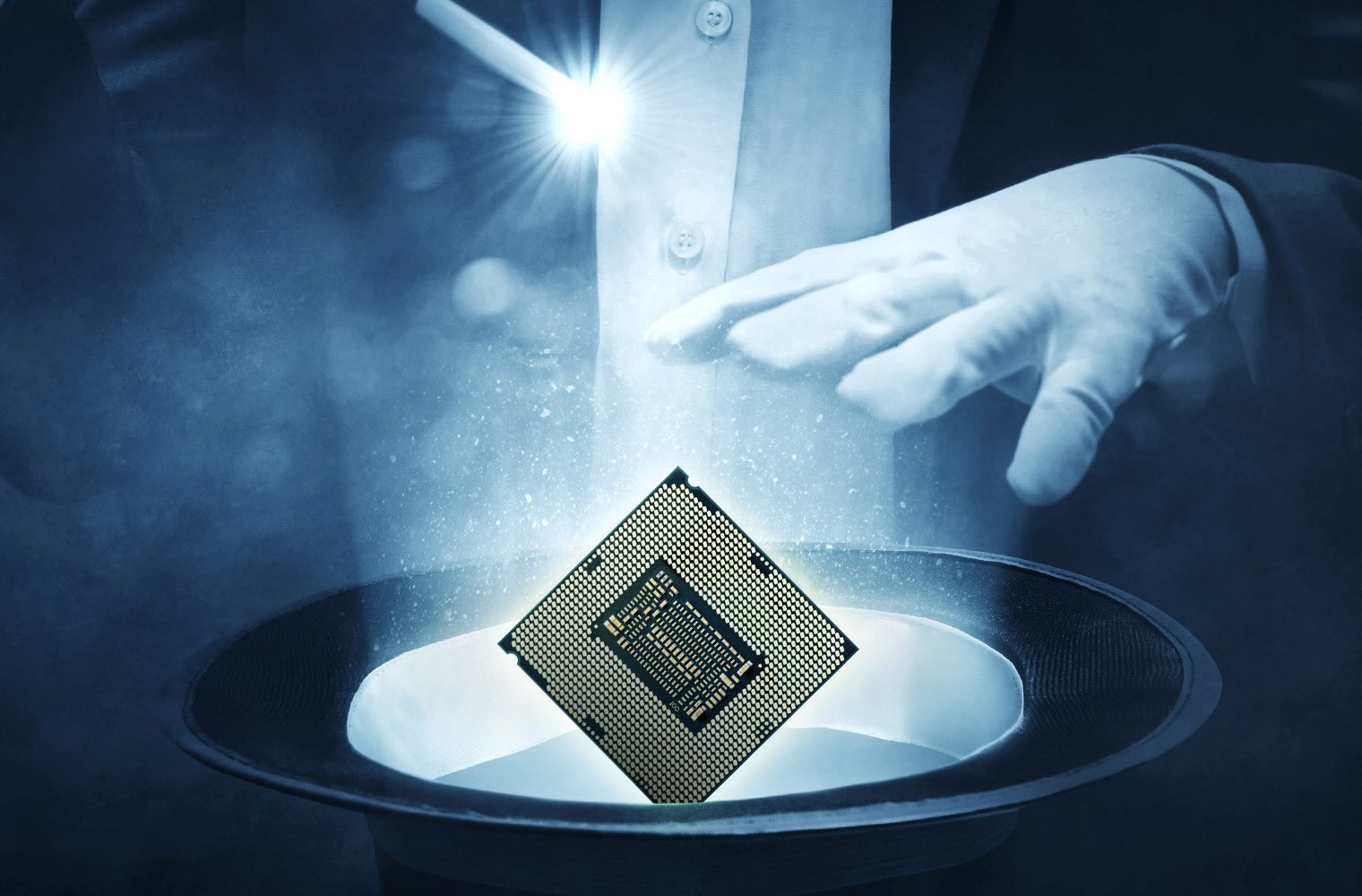
Microcode might sound like a tech wizard's secret spell, but it's actually a crucial part of your computer's brain. Ever wondered how your computer understands and executes commands? Microcode is the hidden language that translates high-level instructions into actions your processor can perform. This tiny yet powerful code ensures your device runs smoothly, efficiently, and securely. From fixing bugs to enhancing performance, microcode updates can make a world of difference. Curious about the magic behind your machine? Let's dive into 30 fascinating facts about microcode that will unravel its mysteries and show why it's so important in the tech world.
What is Microcode?
Microcode is a layer of hardware-level instructions or data structures involved in the implementation of higher-level machine code instructions in central processing units (CPUs). It acts as an intermediary between the hardware and software, translating complex instructions into simpler, more manageable operations.
- Microcode is stored in a special memory called control store within the CPU.
- It helps in executing complex instructions by breaking them down into simpler steps.
- Microcode can be updated to fix bugs or improve performance without changing the hardware.
- It is used in various types of processors, including those in computers, smartphones, and other electronic devices.
- Microcode updates are often distributed by CPU manufacturers like Intel and AMD.
History of Microcode
The concept of microcode has been around for decades, evolving alongside advancements in computer technology. Understanding its history provides insight into its importance and development.
- Maurice Wilkes introduced the concept of microcode in the 1950s.
- Early computers like the IBM System/360 used microcode to implement their instruction sets.
- Microcode allowed for more flexible and powerful CPU designs compared to hardwired control logic.
- The use of microcode became more widespread in the 1970s and 1980s with the advent of more complex processors.
- Modern CPUs continue to rely on microcode for efficient instruction execution and hardware management.
How Microcode Works
Microcode operates behind the scenes, translating high-level instructions into low-level operations that the CPU can execute. This process is crucial for the smooth functioning of modern processors.
- When a CPU receives an instruction, it looks up the corresponding microcode sequence in the control store.
- The microcode sequence is then executed, performing the necessary operations to complete the instruction.
- Microcode can handle tasks like arithmetic operations, memory access, and input/output operations.
- It helps manage the CPU's internal resources, such as registers and caches.
- Microcode can also implement complex features like virtualization and security enhancements.
Benefits of Microcode
Microcode offers several advantages that contribute to the performance and flexibility of modern CPUs. These benefits make it an essential component of computer architecture.
- Microcode allows for more efficient use of CPU resources by optimizing instruction execution.
- It enables the implementation of complex instructions that would be difficult to achieve with hardwired control logic.
- Microcode updates can fix hardware bugs without requiring physical changes to the CPU.
- It provides a level of abstraction that simplifies CPU design and development.
- Microcode can improve the performance of existing hardware through software updates.
Challenges and Limitations
Despite its many benefits, microcode also presents certain challenges and limitations that must be addressed to ensure optimal CPU performance.
- Microcode updates can introduce new bugs or vulnerabilities if not properly tested.
- The complexity of microcode can make it difficult to understand and debug.
- Microcode execution can introduce additional latency compared to hardwired control logic.
- Not all CPU manufacturers provide regular microcode updates, potentially leaving some systems vulnerable to security issues.
- The proprietary nature of microcode means that its inner workings are often not disclosed to the public.
Future of Microcode
As technology continues to advance, the role of microcode in CPU design and functionality is likely to evolve. Future developments may address current challenges and unlock new possibilities.
- Advances in microcode optimization techniques could further improve CPU performance and efficiency.
- Enhanced security features implemented through microcode could help protect against emerging threats.
- The increasing complexity of modern processors may drive the development of more sophisticated microcode solutions.
- Collaboration between CPU manufacturers and software developers could lead to more seamless and effective microcode updates.
- The ongoing evolution of computer architecture will likely continue to rely on microcode as a key component of CPU design.
The Final Word on Microcode
Microcode, often overlooked, plays a crucial role in modern computing. It acts as the bridge between hardware and software, ensuring your devices run smoothly. Without it, your computer's CPU would be a lot less efficient. This tiny code helps manage complex instructions, making sure everything from your favorite apps to critical system functions work seamlessly.
Understanding microcode can give you a deeper appreciation for the technology we use daily. It’s not just about the flashy software or the powerful hardware; it’s also about the unseen elements that keep everything running. Next time your computer boots up without a hitch, remember the microcode working behind the scenes.
So, whether you're a tech enthusiast or just curious, knowing a bit about microcode can be pretty enlightening. It’s a small piece with a big impact on our digital lives.
Was this page helpful?
Our commitment to delivering trustworthy and engaging content is at the heart of what we do. Each fact on our site is contributed by real users like you, bringing a wealth of diverse insights and information. To ensure the highest standards of accuracy and reliability, our dedicated editors meticulously review each submission. This process guarantees that the facts we share are not only fascinating but also credible. Trust in our commitment to quality and authenticity as you explore and learn with us.
